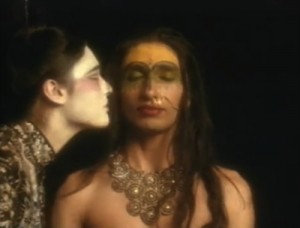 Greg Johnson takes a further step away from the straight folky video of “Isabelle” and introduces a popular video theme of the ’90s – freaky friends. But being a gentle acoustic folk-pop song, it’s a classier version of the usual leather and latex scenario.
Greg Johnson takes a further step away from the straight folky video of “Isabelle” and introduces a popular video theme of the ’90s – freaky friends. But being a gentle acoustic folk-pop song, it’s a classier version of the usual leather and latex scenario.
We find Greg lying on his canopy deathbed, surrounded by his nearest and dearest. He’s so poorly that he starts to imagine a curious collection of people. There’s an elegant angel, played by Tandi Wright who was just months away from becoming known as the trouble Caroline on “Shortland Street”.
And model Colin Mathura-Jeffree can be spotted along with a geisha, a strongman, a corseted lady and a blue-painted person. These were the innocent days; the days before he had a flavour of gourmet ice cream named after him. It’s a strange side effect. Almost 20 years later these supporting players in the video suddenly stand out as celebrity cameos.
While the bedside anguish goes on, Greg has a flashback in the form of a home movie. We’re off to the seaside with a small boy and his mum, a free-spirited, dreadlocked lady. I assume that Greg is the person filming the outing, the recipient of loving states from the woman and the boy.
Back on the bed, there is still great sadness. When even a fabulous geisha can’t cure all ills, you know it’s bad news.
Best bit: child Greg’s hipster-style pencilled-on moustache.
Director: James Holt
Ngā Taonga Sound & Vision
Next… the love revolution revisited.
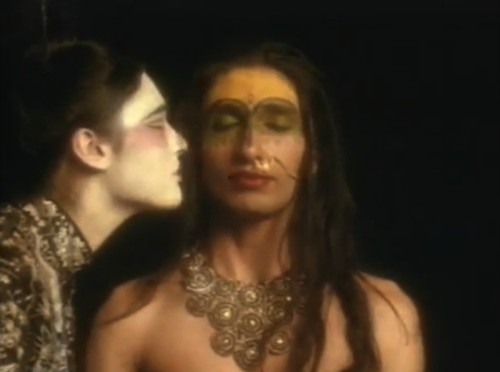
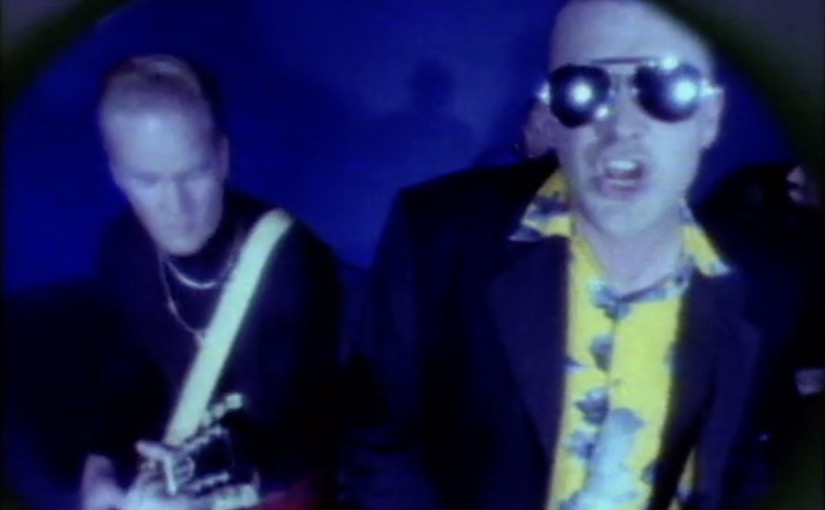
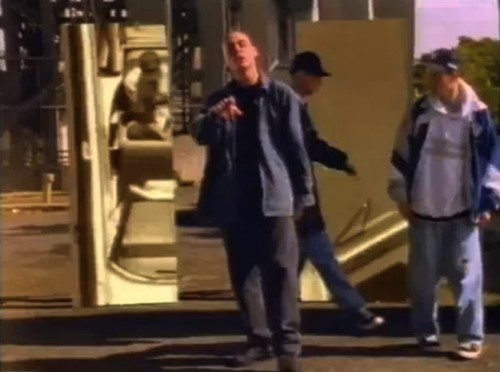
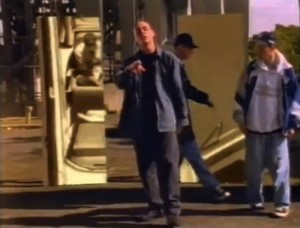 Over at the Ngā Taonga Sound & Vision, this video is ominously described as “LA style, basketball, moving images of cars etc projected in background”. The video does have a bit of a West Coast flavour, but there’s no mistaking its Auckland location.
Over at the Ngā Taonga Sound & Vision, this video is ominously described as “LA style, basketball, moving images of cars etc projected in background”. The video does have a bit of a West Coast flavour, but there’s no mistaking its Auckland location.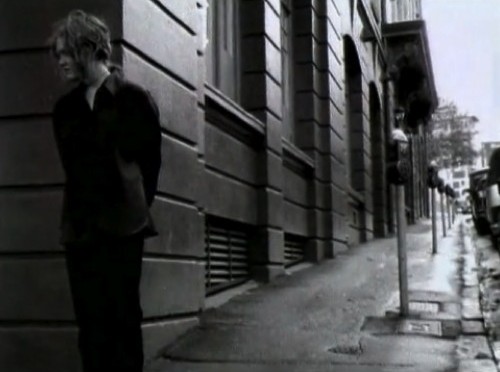
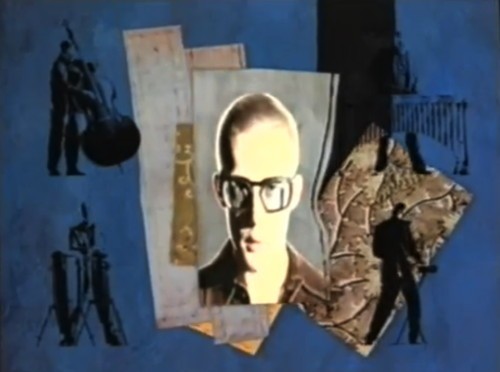
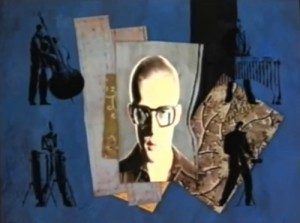 Aw yeah. “Lady J” is a very cool song and the video is the dopeness. Compared to the more polite
Aw yeah. “Lady J” is a very cool song and the video is the dopeness. Compared to the more polite 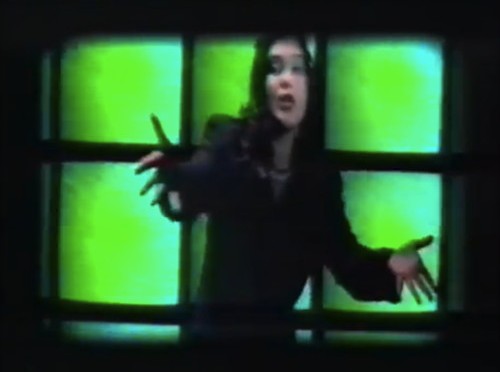
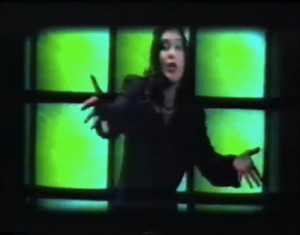 Wikipedia lists 20 artists who’ve covered “Under the Milky Way”. But you know who got their first? Strawpeople, that’s who. Go, New Zealand!
Wikipedia lists 20 artists who’ve covered “Under the Milky Way”. But you know who got their first? Strawpeople, that’s who. Go, New Zealand!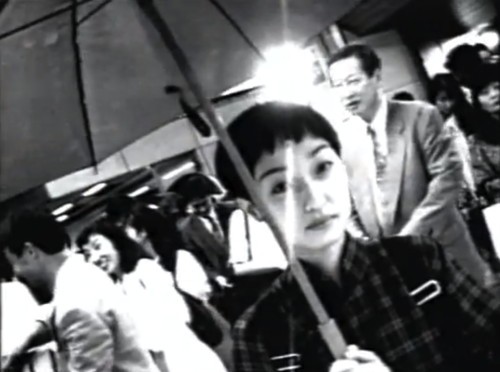
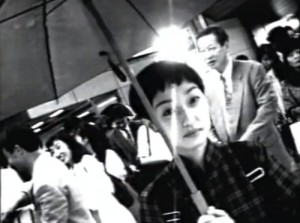 The “Kuru” video is like a tourist in Tokyo, fresh off the plane, wandering about in awe at all the amazing things they’re seeing and experiencing.
The “Kuru” video is like a tourist in Tokyo, fresh off the plane, wandering about in awe at all the amazing things they’re seeing and experiencing.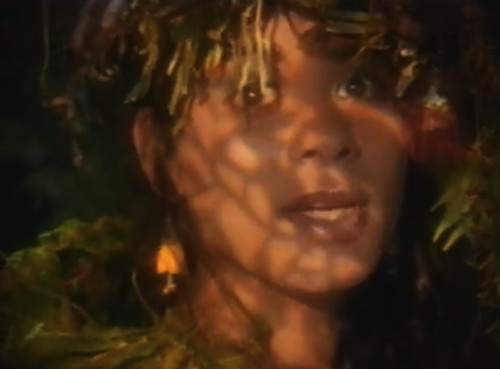
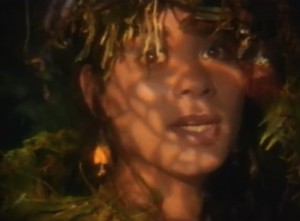 Cliff Curtis stars in the follow-up to “System Virtue” (after Bully in “Once Were Warriors, before Pablo Escobar in “Blow”). Cliff plays a trouble young Maori and we first discover him sleeping in his beat-up old car. This is filmed in black and white, but a burst of colour comes in the form of Emma, who gorgeously appears in full colour, decorated in the splendours of nature (ferns and stuff).
Cliff Curtis stars in the follow-up to “System Virtue” (after Bully in “Once Were Warriors, before Pablo Escobar in “Blow”). Cliff plays a trouble young Maori and we first discover him sleeping in his beat-up old car. This is filmed in black and white, but a burst of colour comes in the form of Emma, who gorgeously appears in full colour, decorated in the splendours of nature (ferns and stuff).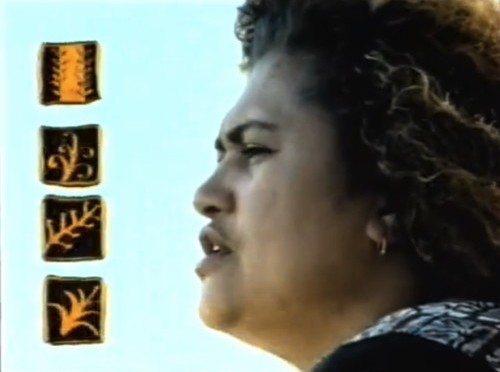
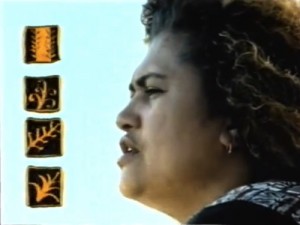 sons”Seasons” is a tale of changed emotions, featuring brother and sister Phil and Christina Fuemana, from their influential 1994 album “New Urban Polynesian”.
sons”Seasons” is a tale of changed emotions, featuring brother and sister Phil and Christina Fuemana, from their influential 1994 album “New Urban Polynesian”.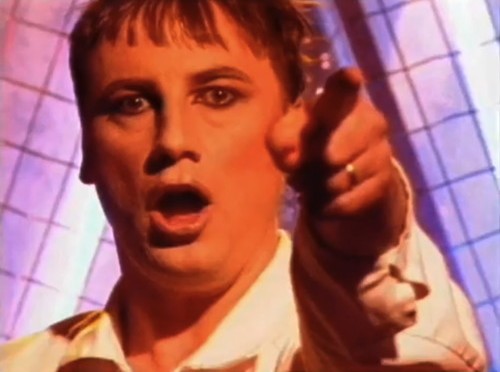
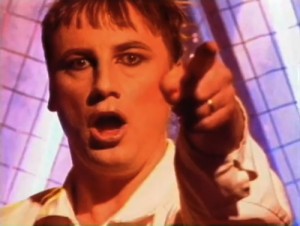 I’d been looking for a Dribbling Darts song from around 1994 called “Do What U Like”. It turns out I should have been looking for a Weather song from 1997 called “That’s the Main Thing”. The Weather is kind of a rejig of the Dribbling Darts, a Matthew Bannister project. The song is all about personal liberty (how American!) but done in a very groovy, laidback way – so laid back it took three years and a new band to get around to making the video?
I’d been looking for a Dribbling Darts song from around 1994 called “Do What U Like”. It turns out I should have been looking for a Weather song from 1997 called “That’s the Main Thing”. The Weather is kind of a rejig of the Dribbling Darts, a Matthew Bannister project. The song is all about personal liberty (how American!) but done in a very groovy, laidback way – so laid back it took three years and a new band to get around to making the video?